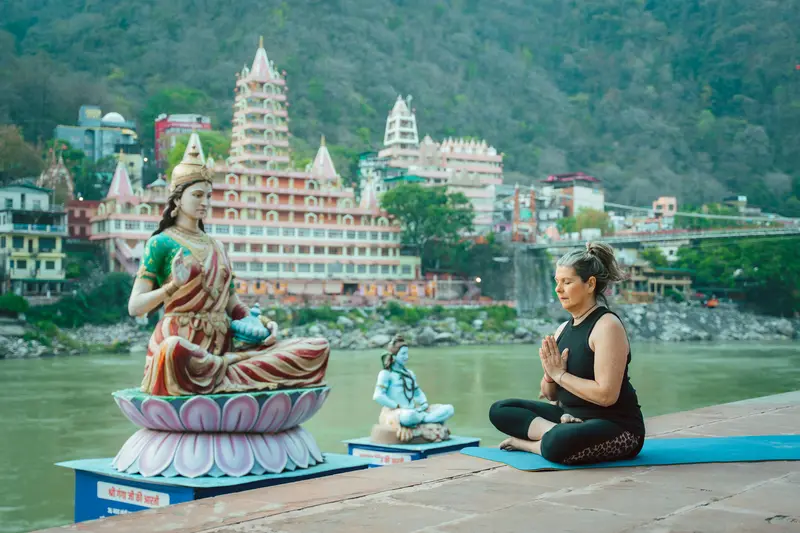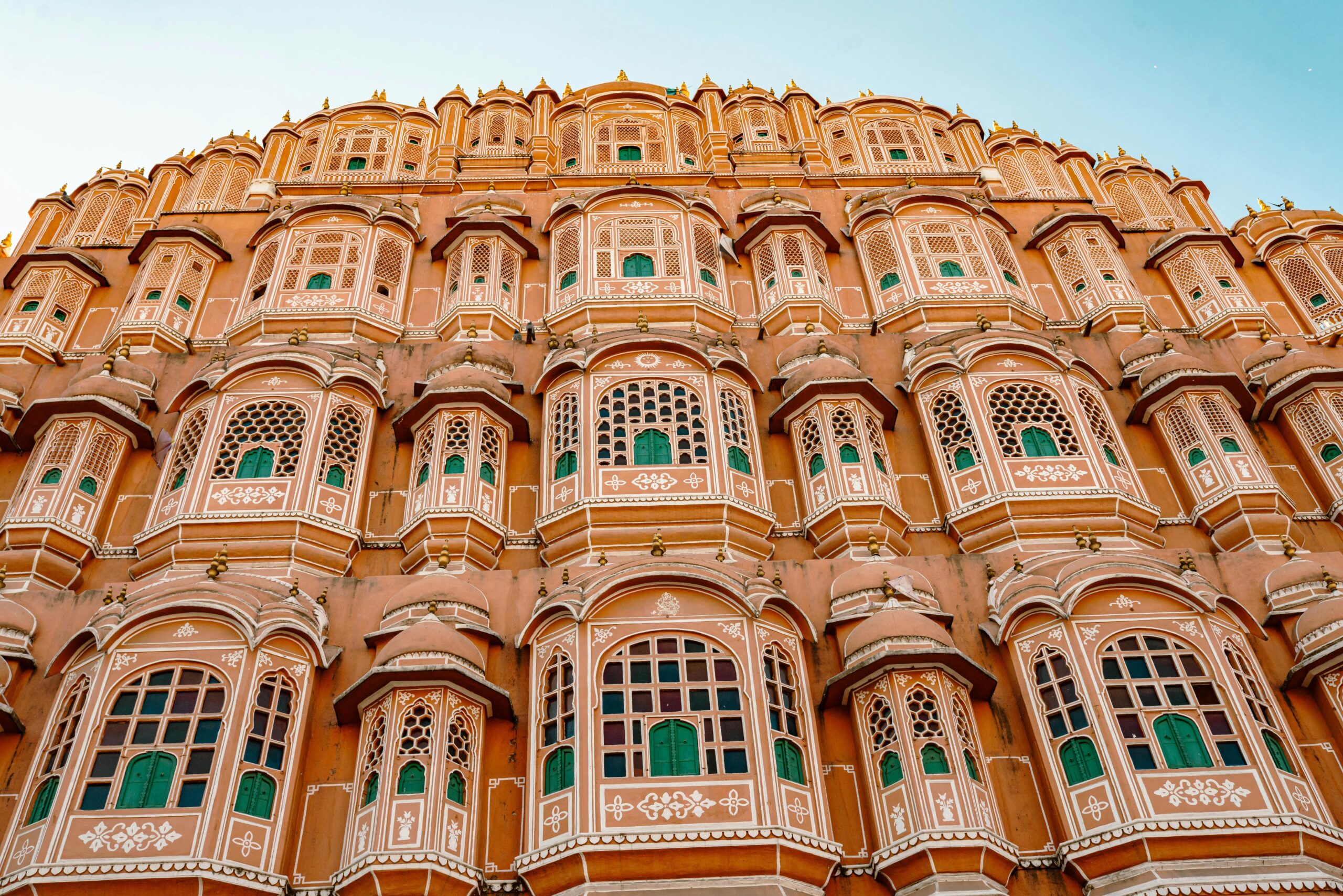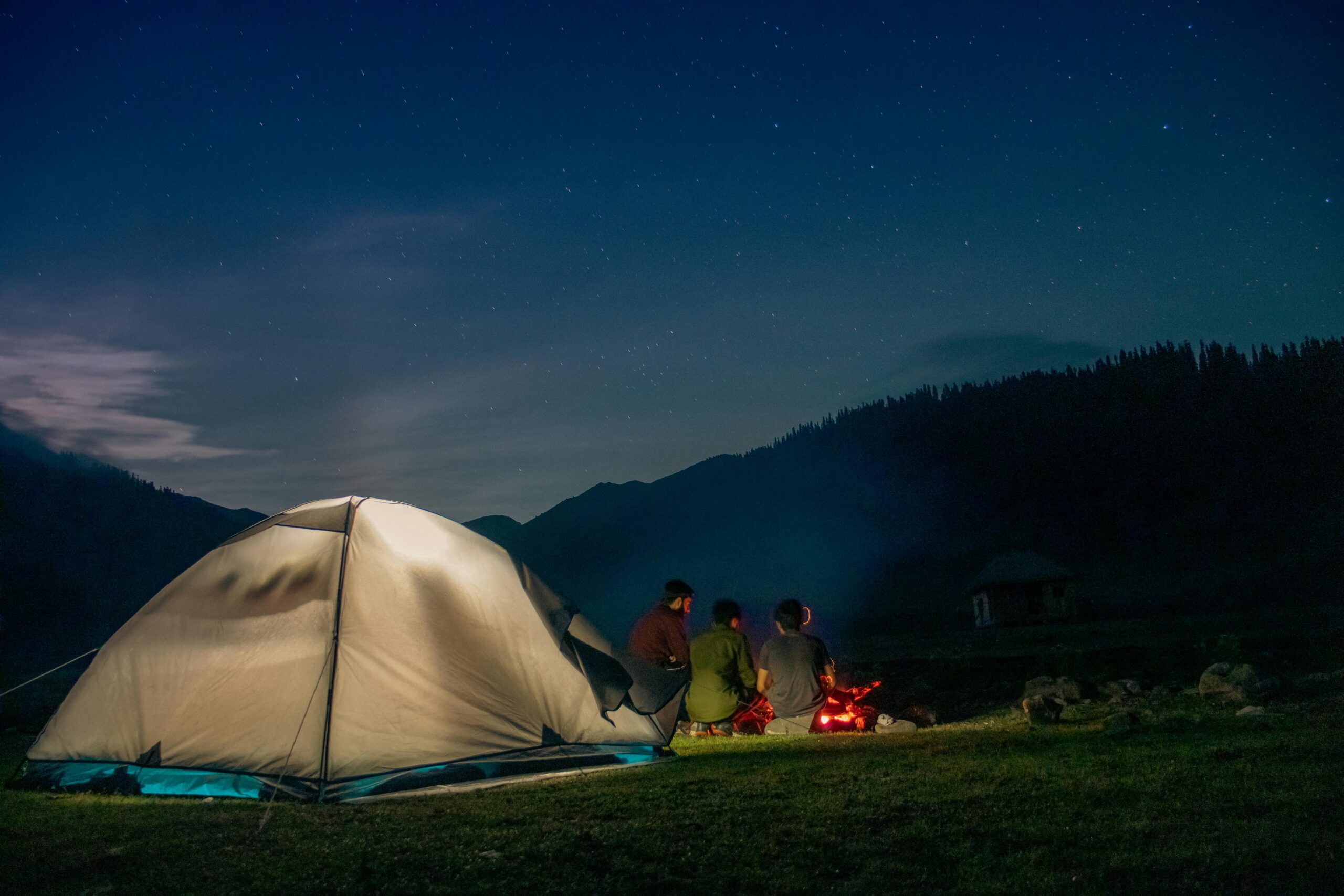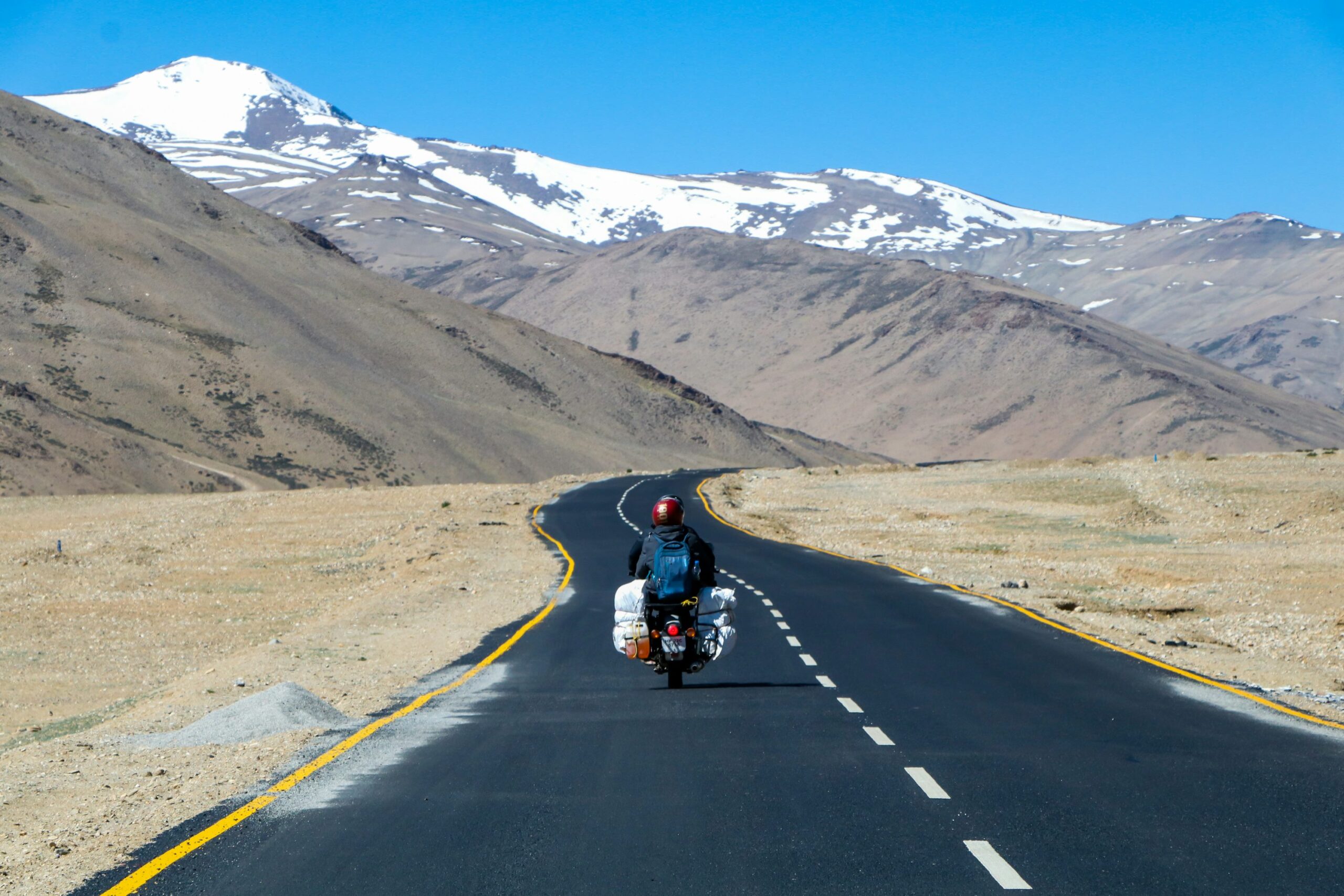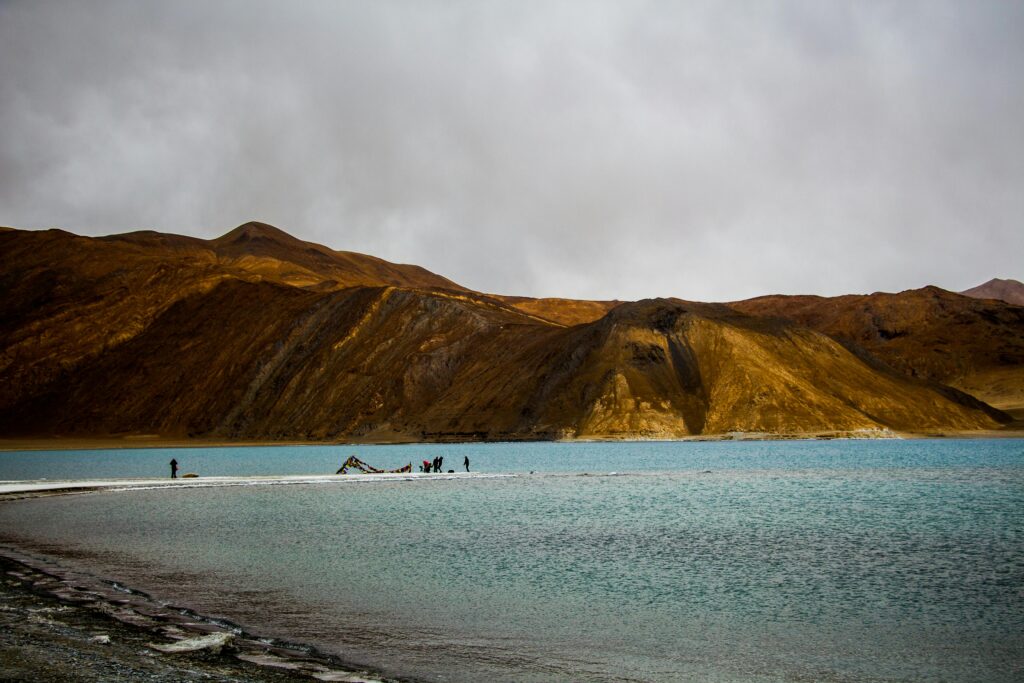
Duration: 15 Days
Cities Covered:
Delhi – Leh – Nubra – Pangong – Alchi – Kargil – Padum – Tso Moriri – Tso Kar – Delhi
The Best of Ladakh tour by Ashoka Holidays captures the raw beauty and spiritual calm of the Himalayas. Known for its rugged mountains, ancient monasteries, and crystal-clear lakes, Ladakh offers a rare blend of serenity and adventure. Each destination on this route—from Delhi to Leh, Nubra, Pangong, and beyond—unfolds stories of Buddhist culture, natural wonders, and unspoiled charm.
Delhi to Leh – Gateway to the High Mountains
The journey begins in Delhi, where history meets modern vibrancy. From here, the flight to Leh feels like an entry into another world. Nestled at 11,500 feet, Leh welcomes travellers with its crisp air and spectacular views. Monasteries like Thiksey and Hemis, and the local markets filled with Tibetan artefacts, make Leh an introduction to the unique rhythm of Ladakh life.
Nubra Valley – The Desert in the Mountains
Crossing the mighty Khardung La Pass leads to the enchanting Nubra Valley. Known for its sand dunes and double-humped camels, Nubra showcases the dramatic contrast that defines Ladakh. The Diskit Monastery, perched on a hill, overlooks the valley—a symbol of peace and timeless beauty.
Pangong Lake – The Shifting Colours of Tranquility
One of the most iconic Ladakh tourist places, Pangong Lake stretches between India and China, shimmering in hues of blue, green, and grey. The stillness of the water, framed by barren peaks, makes it a scene straight out of a painting. Overnight stays here offer stargazing experiences that remain etched in memory forever.
Alchi and Kargil – Cultural Crossroads of the Himalayas
The village of Alchi is famed for its monastery, a thousand-year-old treasure trove of Indo-Tibetan art. As the route winds toward Kargil, the changing landscape reveals green valleys and high passes. Kargil stands as a reminder of courage and endurance, making it both a scenic and historical stop on the journey.
Padum – Heart of Zanskar Valley
Padum, the capital of the remote Zanskar Valley, offers solitude amid dramatic peaks. Trekkers and seekers of peace find solace in its untouched beauty. Ancient monasteries like Stongdey and Karsha hold centuries-old murals, resonating with chants that echo through the mountains.
Tso Moriri and Tso Kar – High-Altitude Lakes of Wonder
Among the tourist places of Ladakh, Tso Moriri and Tso Kar are jewels of quiet splendour. These alpine lakes are home to rare migratory birds and mirror-like reflections of the snow-covered peaks. Their silence feels sacred, inviting a deep connection with nature.
Adventure, Spirituality, and Stillness
Beyond its surreal beauty, Ladakh offers an inner experience. Monks chanting in ancient monasteries, prayer flags fluttering across high passes, and the friendly smiles of locals all come together to form a world unlike any other. This journey is not just travel—it’s transformation.
Cultural Tapestry of the Mountains
Ladakh’s culture reflects a harmonious blend of Tibetan Buddhism and local traditions. The festivals—Hemis, Losar, and Ladakh Festival—bring the region to life with dance, music, and masked performances. Local cuisines like thukpa, momos, and butter tea give a taste of authentic Himalayan hospitality.
The Essence of the Himalayas
Every stop, from Nubra’s dunes to Pangong’s shores, captures a different shade of Ladakh. It’s a land of contrasts—arid yet vibrant, remote yet welcoming. Each moment spent here feels timeless, reminding travellers why it ranks among the Ladakh best tourist places.
Conclusion
The Best of Ladakh tour by Ashoka Holidays combines nature, culture, and peace into one seamless experience. From the grandeur of Leh to the quiet charm of Zanskar and the celestial beauty of its lakes, Ladakh remains a place where the soul feels at home. For those seeking a journey beyond the ordinary, the call of Ladakh never fades.
People Also Ask
What is the best time to visit Ladakh?
The ideal time to visit Ladakh is from May to September when the weather is pleasant, and most roads and mountain passes remain open for travel.
How many days are enough for a Ladakh trip?
A 7 to 10-day itinerary is perfect for covering major attractions like Leh, Nubra, Pangong, and Tso Moriri while allowing proper acclimatization.
Is Leh different from Ladakh?
Leh is the capital city of Ladakh and serves as the main gateway for tourists visiting this high-altitude region.
Are permits required to visit certain parts of Ladakh?
Yes, inner line permits are required for visiting areas like Nubra Valley, Pangong Lake, and Tso Moriri, which can be arranged easily.
What is the altitude of Leh?
Leh is situated at approximately 11,500 feet above sea level, making acclimatization important upon arrival.
Which are the most famous monasteries in Ladakh?
Hemis, Thiksey, Alchi, and Diskit Monasteries are among the most revered and frequently visited monasteries in Ladakh.
Can Ladakh be visited in winter?
Yes, but only by experienced travellers. Winter offers stunning views of snow-covered mountains but brings extreme cold and limited accessibility.
What makes Ladakh unique compared to other Indian destinations?
Ladakh’s combination of barren beauty, Buddhist culture, high-altitude adventure, and warm local hospitality makes it distinct and unforgettable.


